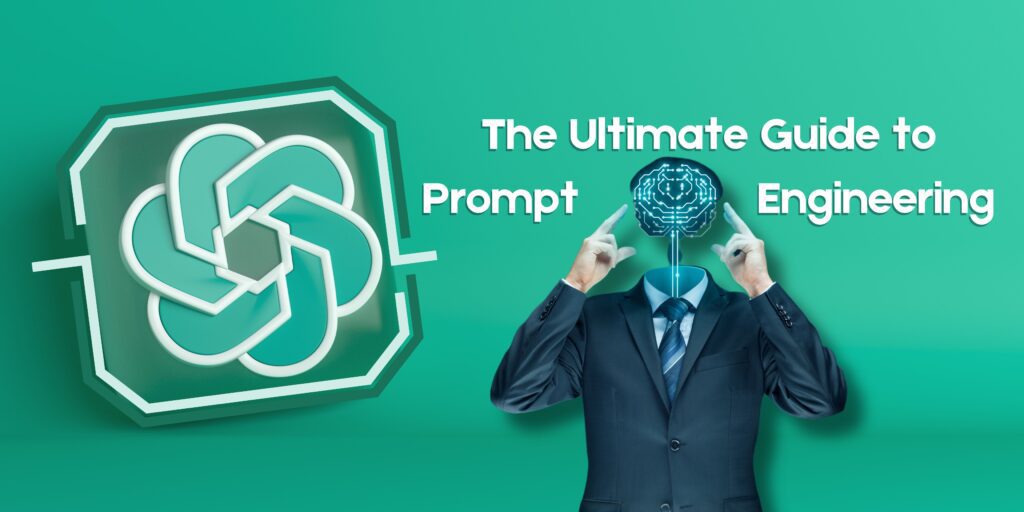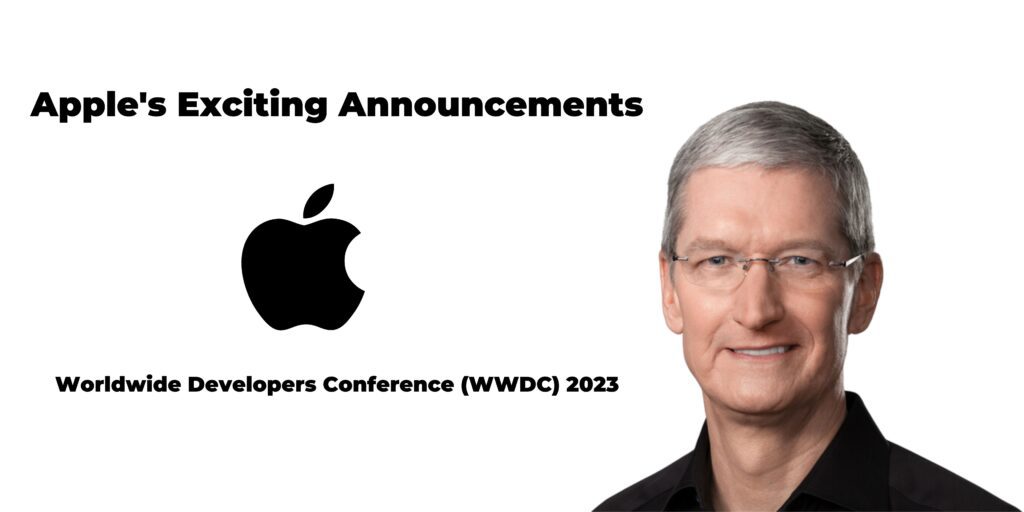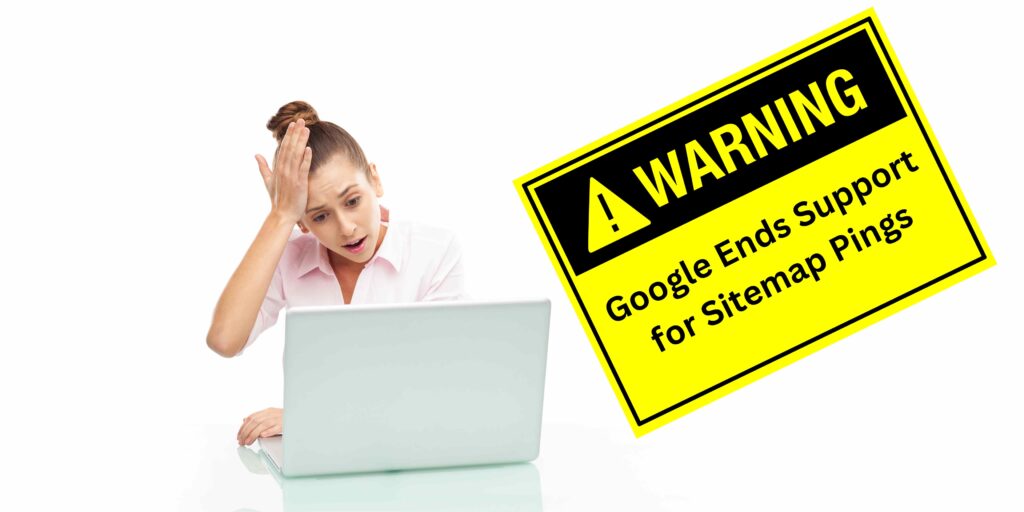In the realm of tablets, two heavyweight contenders have emerged to captivate the world with their exceptional features and cutting-edge technology: the Google Pixel Tablet and the iPad Pro (5th Generation). These powerhouses represent the pinnacle of mobile computing, offering users a seamless blend of productivity, creativity, and entertainment. Join us as we embark on an exciting journey to compare and contrast the remarkable features of these ultimate tablet devices and discover which one reigns supreme.
When it comes to design, both the Google Pixel Tablet and the iPad Pro exude elegance and sophistication. The Pixel Tablet features a sleek glass front, aluminum frame, and aluminum back, while the iPad Pro boasts a stunning all-screen design with a Liquid Retina XDR display and a precision-milled, single-piece aluminum enclosure. Each tablet offers a unique aesthetic appeal that will surely turn heads.
The Google Pixel Tablet embraces a minimalist and modern design language, providing a comfortable grip and a premium feel. Its glass front seamlessly blends into the aluminum frame, giving it a sleek and seamless appearance. On the other hand, the iPad Pro takes the design game to a whole new level. With its edge-to-edge display and slim bezels, the iPad Pro offers an immersive viewing experience. The precision-milled aluminum body adds durability and a touch of luxury to the overall design.
Display
In the battle of the screens, the Google Pixel Tablet shines with its 10.95-inch IPS LCD display, delivering vibrant colors, sharp details, and wide viewing angles. Whether you’re binge-watching your favorite TV series or editing photos, the Pixel Tablet’s display brings content to life with remarkable clarity. Additionally, the tablet’s 79.7% screen-to-body ratio ensures an immersive experience with minimal distractions.
Meanwhile, the iPad Pro takes the lead with its breathtaking Liquid Retina XDR display. With a stunning 11-inch or 12.9-inch ProMotion display, the iPad Pro offers a true-to-life visual experience. The display features True Tone and P3 wide color gamut, resulting in vibrant colors and exceptional contrast. Furthermore, the Liquid Retina XDR display brings HDR content to a whole new level, making it a perfect companion for media consumption and content creation.
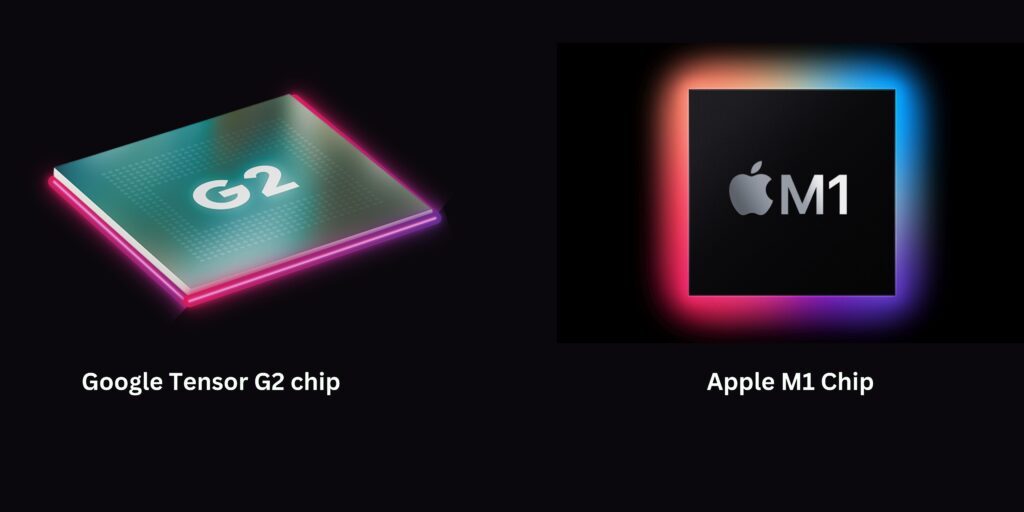
Ultimate Tablet Performance
Under the hood, the Google Pixel Tablet is powered by the Google Tensor G2 chipset, built on a 5 nm architecture, delivering blazing-fast performance and efficient multitasking. The octa-core CPU, comprising two Cortex-X1 cores, two Cortex-A78 cores, and four Cortex-A55 cores, ensures smooth and seamless operation across a variety of tasks. The Mali-G710 MP7 GPU enhances graphics performance, enabling immersive gaming and smooth video playback.
On the other hand, the iPad Pro’s M1 chip, a powerhouse in its own right, propels it to new heights with desktop-class performance and exceptional graphics capabilities. With its 8-core CPU and 8-core GPU, the iPad Pro delivers unparalleled speed and responsiveness. Whether you’re editing high-resolution videos, rendering complex 3D models, or running resource-intensive applications, the iPad Pro handles it all with ease. The M1 chip’s advanced architecture and efficient power management ensure that you can tackle demanding tasks without compromising on performance or battery life.
Operating System
The Google Pixel Tablet runs on the latest Android 13 operating system, providing a user-friendly interface and seamless integration with Google services. Android 13 introduces a host of new features and enhancements, including improved privacy settings, enhanced app permissions, and a refined user interface. With Android 13, users can expect a smooth and intuitive experience, along with access to a vast ecosystem of apps and services.
In contrast, the iPad Pro operates on Apple’s iPadOS, offering a seamless and intuitive experience tailored specifically for iPad users. iPadOS brings powerful multitasking capabilities, allowing users to effortlessly work with multiple apps simultaneously. With features like Slide Over, Split View, and Picture in Picture, the iPad Pro enhances productivity and facilitates seamless multitasking. iPadOS also offers a wide range of exclusive apps and features designed to unleash the full potential of the iPad Pro.
Storage and Memory
When it comes to storage, the Google Pixel Tablet offers options of 128GB or 256GB of internal storage, providing ample space for your files, apps, and media. Additionally, it features 8GB of RAM, ensuring smooth multitasking and effortless app switching. With its generous storage options, the Pixel Tablet enables users to store a vast library of photos, videos, and documents without worrying about running out of space.
Conversely, the iPad Pro offers a wide range of storage capacities, starting from 128GB and going up to a staggering 2TB, accompanied by 8GB or 16GB of RAM. This extensive storage capacity caters to power users and professionals who require massive amounts of storage for their creative projects, high-resolution media files, and large datasets. Whether you’re a photographer, videographer, or content creator, the iPad Pro ensures that you never have to compromise on storage.
Camera Capabilities
Both the Google Pixel Tablet and the iPad Pro excel in the photography department. The Pixel Tablet sports an 8 MP rear camera and an 8 MP front camera, equipped with HDR and panorama features, allowing you to capture stunning photos and videos. The rear camera with its wide-angle lens ensures that you can capture more in your frame, while the front camera is perfect for high-quality video calls and selfies.
Similarly, the iPad Pro features a 12 MP Ultra Wide front camera with Center Stage, a revolutionary feature that keeps you in the frame even when you move around during video calls. The rear camera on the iPad Pro is equally impressive, with a 12 MP Wide camera featuring Smart HDR 3 and advanced computational photography capabilities. Whether you’re a professional photographer or simply love capturing memories, both tablets offer excellent camera systems that deliver outstanding results.
Connectivity and Accessories
The Google Pixel Tablet offers Wi-Fi 802.11 a/b/g/n/ac/6 dual-band support and Bluetooth 5.2 for seamless wireless connectivity. It features a USB Type-C 3.2 (Gen 1) port and a magnetic connector for charging and data transfer. Additionally, the Pixel Tablet supports stylus pens, allowing users to unleash their creativity and take precise notes or sketches directly on the screen.
On the other hand, the iPad Pro supports Wi-Fi 6 and Bluetooth 5.0, ensuring fast and stable wireless connections. It utilizes Apple’s proprietary Lightning connector for charging and data transfer. The iPad Pro also offers a range of accessories, including the Apple Pencil, which delivers a remarkably fluid and responsive drawing experience, and the Magic Keyboard, which transforms the iPad Pro into a full-fledged productivity machine with its backlit keyboard and trackpad.
Battery Life
Battery life is a crucial consideration for any tablet user. The Google Pixel Tablet comes with a non-removable 27 Wh Li-Po battery, providing ample power for your daily tasks. The efficiency of the Google Tensor G2 chipset, combined with the optimized software of Android 13, ensures that the tablet lasts throughout the day with regular use. Whether you’re working, streaming, or gaming, the Pixel Tablet has you covered.
Similarly, the iPad Pro boasts impressive battery longevity, thanks to the efficiency of the M1 chip and the optimization of iPadOS. The tablet is designed to deliver all-day battery life, allowing users to stay productive and entertained without worrying about running out of power. Whether you’re editing videos, designing graphics, or enjoying multimedia content, the iPad Pro’s battery performance is sure to impress.
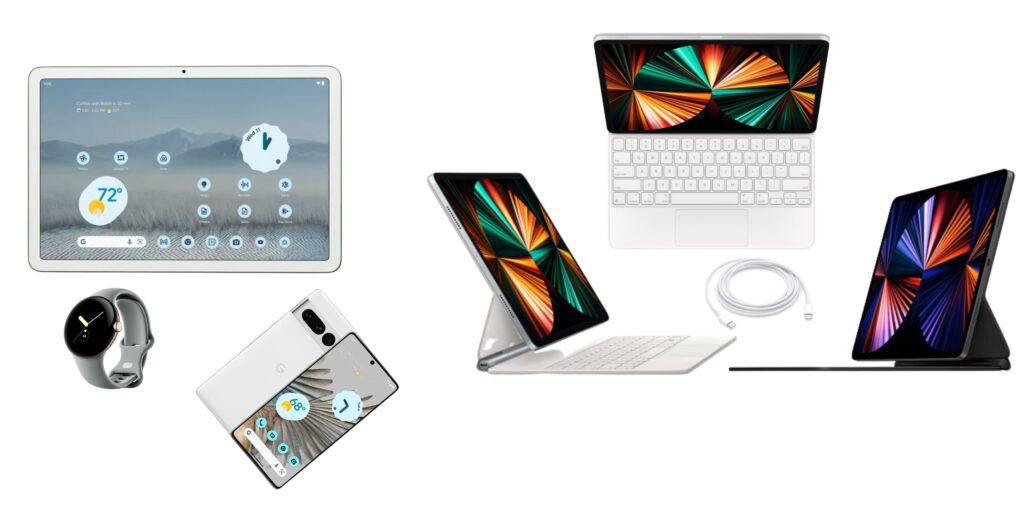
As we wrap up this epic tablet showdown, it’s clear that both the Google Pixel Tablet and the iPad Pro (5th Generation) offer an exceptional array of features and capabilities. The choice ultimately depends on your specific needs, preferences, and ecosystem alignment. Whether you lean towards the Pixel Tablet’s seamless integration with Google services or the iPad Pro’s robust performance and extensive accessory ecosystem, both tablets promise to elevate your digital experiences to new heights. So, embrace the future of mobile computing and embark on your tablet journey with confidence, knowing that you are armed with the knowledge to make an informed decision.
Comparison table highlighting the key features and specifications of the Google Pixel Tablet and the iPad Pro (5th Generation):
Specifications / Features | Google Pixel Tablet | iPad Pro 5th generation |
Operating System | Android 13 | iOS 14.5.1 to 15.7, upgradable to iPadOS 16.4.1 |
Display | 11-inch / 12.4-inch | 11-inch / 12.9-inch |
Resolution | 2560 x 1600 pixels | 2388 x 1668 pixels (11-inch) / 2732 x 2048 pixels (12.9-inch) |
Processor | Google Tensor G2 (5 nm) | Apple M1 chip |
RAM | 6GB / 8GB | 8GB / 16GB / 32GB |
CPU | Octa Core | Octa-core |
GPU | Mali-G710 MP 7 | Apple GPU (8-core) |
Storage | 64GB / 128GB, 256 GB | 128GB / 256GB / 512GB / 1TB / 2TB |
Rear Camera | 8 MP, f/2.0, 24 mm (wide), HDR, Panorama | 12 MP, f/1.8 (wide), Dual Pixel PDAF, TOF 3D LiDAR Scanner |
Front Camera | 8 MP, f/2.0, 24 mm (wide), HDR, Panorama | 12 MP, Face Detection, HDR, Panorama, Gyro-EIS |
Sound | 4 Stereo Speakers 3.5 mm Jack – No | 4 Stereo Speakers, |
Battery Life | Up to 10 hours | Up to 10 hours |
Connectivity | Wi-Fi / 4G / 5G | Wi-Fi / 4G / 5G |
Ports | USB-C | USB-C 4 9Thunderbolt 4), Display Port, Magnetic Connector |
Biometric Authentication | Fingerprint scanner | Face ID |
Stylus Support | Yes | Yes (Apple Pencil 2nd generation) |
Weight | 515 grams | 470 grams (11-inch) / 682 grams (12.9-inch) |
Price Range | $699-$999 | $799-$2,399 |
Please note that the specifications mentioned in the comparison table are based on the information provided and may be subject to change. It’s always advisable to refer to the official websites or product documentation for the most up-to-date and accurate information.

